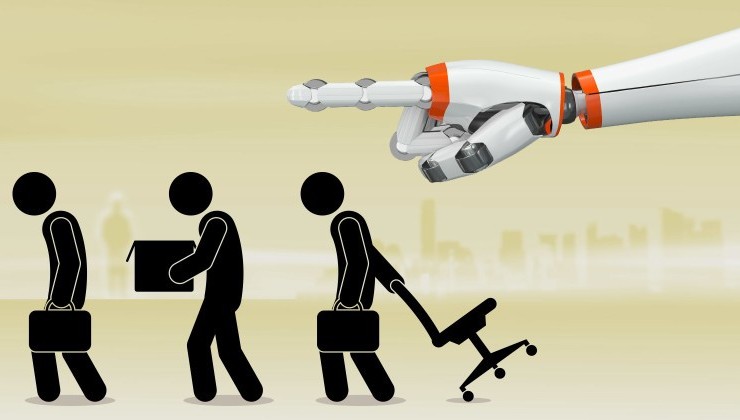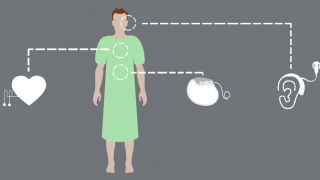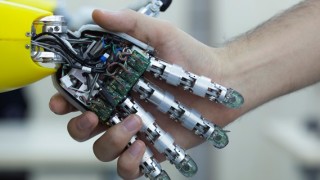From 1978 to 1995, several bomb blasts were reported in USA which killed three and injured many. The mastermind behind these blasts was Ted Kaczynski (aka Unabomber), holding a PhD in Mathematics from University of Michigan and Assistant Professor at University of California Berkley, who abandoned a promising academic career in 1969 and carried a nationwide bombing campaign targeting people involved with modern technology. In conjunction with this campaign, he issued a wide-ranging social critique opposing industrialization and modern technology. In 1995, he presented a 3500-words manifesto titled ‘Industrial Society and Its Future’ (the ‘Unabomber Manifesto’), in which he stated that “the Industrial Revolution and its consequences have been a disaster for the human race and the industrial system has robbed contemporary humans of their autonomy, diminished their rapport with nature, and forced them to behave in ways that are increasingly remote from the natural pattern of human behavior.” He maintained that it will inevitably lead to the end of human freedom.
Presently, in 2017, robots with artificial intelligence, computerized algorithms and sensors have arrived and completely transformed the way we are doing our jobs. Society can decry these advances and worry about its “dehumanizing impact”, but it is needed to determine how robotics is stealing human employment.
Robots are expanding rapidly around the developed world. The number of robots in use was 1.2 million in 2013 which rose to around 1.5 million in 2014 and is projected to increase to about 1.9 million this year. Japan has the largest number of robots employed, followed by North America, China, South Korea, and Germany. Overall, robotics is expected to rise from a $15 billion sector in 2017 to $67 billion by 2025. The Defense Advanced Research Projects Agency (DARPA) held a competition for a robot that could perform in hazardous environments. Robots were given multiple tasks such as “driving a vehicle, opening a door, operating a portable drill, etc.” The goal was to have equipment that could operate in damaged nuclear reactors or disaster scenes which are too dangerous for humans to work in. A Korean team won the competition (receiving $2 million as prize money) for completing these tasks.
A hotel called Henn-na in Japan uses robots for check-ins and escort guests to their rooms. The robotic receptionist can speak Japanese and English. It can set up reservations for people, take them to their rooms and adjust the accommodation’s temperature.
Online giant Amazon organized a “picking challenge”, designed to see if robots can “autonomously grab items from a shelf and place them in a tub”. Amazon has around 50,000 people working in its warehouses and the company wanted to see if robots could perform the task of selecting items and moving them around the warehouse. During the competition, a robot from Berlin successfully completed 10 of the 12 tasks. The company already uses 15,000 robots and it expects to purchase additional ones in the future.
In the hospitality and restaurant industry, technology is in use to remove humans from food delivery. Some restaurants, for example, are using tablets that allow customers to order directly from the kitchen without talking to a waiter or waitress, while others enable people to pay directly thereby removing the need for cashiers.
Organizations have realized that robotics, machine learning and artificial intelligence can replace humans and improve accuracy, productivity and efficiency of operations. In light of technology advances, the information sector is one of the areas expected to shrink in human employment. Even though technology is revolutionizing many businesses, this is brought about by transforming operations and not by increasing the number of jobs. Technology can boost productivity and improve efficiency, but only by reducing the number of employees. Oxford University researchers, Carl Frey and Michael Osborn claim that technology will transform many sectors of life. They studied 702 occupational groupings and found that “47 percent of US workers have a high probability of seeing their jobs automated over the next 20 years”. According to their analysis, telemarketers, title examiners, hand sewers, mathematical technicians, insurance underwriters, watch repairers, cargo agents, tax preparers, photographic process workers, new accounts clerks, library technicians and data-entry specialists have a 99 percent of having their jobs computerized. At the other end of the spectrum, recreational therapists, mechanic supervisors, emergency management directors, mental health social workers, audiologists, occupational therapists, healthcare social workers, oral surgeons, supervisors of firefighters and dieticians have less than a one percent chance of having their tasks computerized.
The prompt growth in emerging technologies like Robotics suggests that they are having a substantial impact on the workforce. In majority of fields, technology is substituting for labor, and this has dramatic consequences for middle-class jobs and incomes. Cornell University’s Hod Lipson states, “For a long time, the common understanding was that technology was destroying jobs but also creating new and better ones. Now the evidence is that technology is destroying jobs and indeed creating new and better ones but also fewer ones.”
The current technological advancements prove that at some point in the future, machines will be able to do the jobs of a large percentage of the ‘average’ people in our population, and these people will not be able to find new jobs.
An all-out war between man and machine was something to enjoy in Hollywood movies but the progress in the fields of robotics and AI have brought us to a crossroad where an impending war between these rivals is eminent. We need to come up with a solution which is a bit more doable than what Ted Kaczynski proposed, and can create a balance between technological advancements and our employment opportunities.



